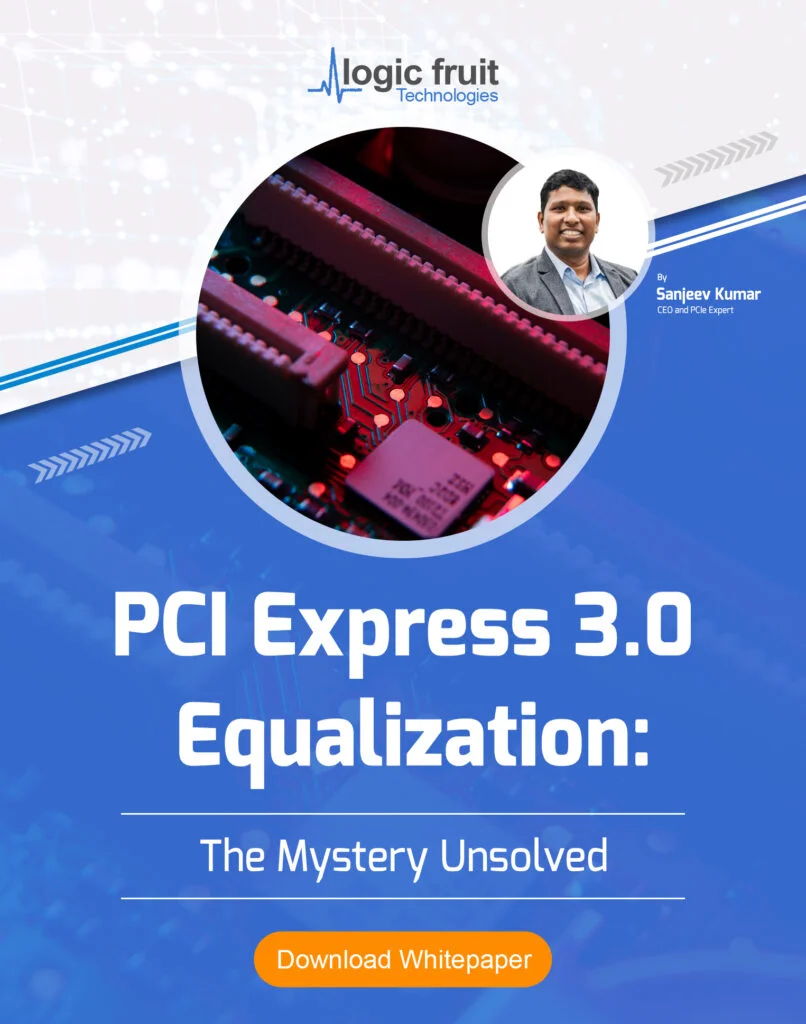FPGA Insights has engaged in an exclusive interview with Aviad Dahan, FPGA Engineer at Ingonyama also a Computer vision and deep learning researcher at Tel Aviv University

Q1) Can you provide an overview of your experience with FPGA design projects, mentioning a few that you’ve worked on, starting with a brief introduction?
Currently, I work at Ingonyama, a hardware acceleration company focused on zero-knowledge-proof semiconductor design.
In the past 10 years as an electrical engineer, I’ve had the opportunity to dive deep into the development of highly complex FPGA-integrated systems.
Working on hardware accelerators to enhance zero-knowledge applications has been a natural progression, which utilizes the vast potential of FPGAs to pioneer advancements in the field. This journey, rich with hands-on experience, has been both challenging and rewarding, building a strong foundation for future innovations in the industry.
Q2) Can you explain the benefits of using FPGAs over other types of processors?
FPGAs offer a number of advantages, including superior flexibility in design and lower latencies than other hardware largely attributed to their parallel processing capabilities. This is particularly beneficial in Zero-Knowledge applications, where rapid and secure data processing is of paramount importance.
FPGA’s highly configurable nature allows for tailored solutions, enhancing their efficiency by optimizing the hardware for specific computational tasks. Moreover, FPGAs are known for their energy efficiency, an attribute that puts them in a good position in energy-sensitive applications.
Q3) What are the most significant trends observed in the FPGA industry over the past year? How will these trends shape the industry’s future?
The FPGA industry has been witness to a surge in the adoption of open-source toolchains, fostering a collaborative and innovative approach to FPGA development.
Moreover, there is a notable trend of utilizing FPGAs to power AI and machine learning technologies, as well as the integration of Zero-Knowledge algorithms to ensure security and privacy in AI applications. These trends allow us to glimpse at a bright future in which FPGAs continue to be central to technological advancements, with Zero-Knowledge applications as a focal point in fostering secure and efficient solutions.
Q4) How do you see FPGA development evolving to meet the demands of modern applications and complex workloads?
Looking ahead, I envision FPGAs taking a more prominent role in heterogeneous computing environments, due to their optimized performance through collaboration with other processors.
The development of domain-specific architectures that leverage the flexibility of FPGAs could be a game-changer, particularly in enhancing Zero-Knowledge applications by facilitating specialized hardware configurations for secure and efficient operations.
Moreover, FPGAs provide a strong building block in applications requiring rapid prototyping and simulation, such as in the case of ASIC development where the costs of a design flaw can be unbearable.
Q5) Key drivers behind the increasing adoption of FPGAs in various applications and industries?
The surge in FPGA adoption across various industries can be attributed to a handful of critical factors. The configurability and adaptability of FPGAs make them an attractive choice for many applications, allowing for solutions that are tailor-made to meet specific requirements.
Additionally, FPGAs excel in handling complex workloads owing to their parallel processing capabilities, facilitating high-performance solutions that can process large volumes of data efficiently. It is worth mentioning that the energy efficiency of FPGAs is a significant factor, especially in applications where power consumption is a critical consideration.
Finally, rapid prototyping and shorter time-to-market cycles afforded by FPGAs are pivotal in industries characterized by fast-paced development, providing a competitive edge by enabling quicker responses to market demands.
These drivers are expected to continue fueling the growth and expansion of FPGA technologies, fostering innovations that are more responsive, adaptable, and efficient, meeting the evolving demands of various industries head-on.
Q6) Sectors that stand to benefit the most from FPGA integration, and why?
In my opinion, a number of sectors are positioned to benefit from FPGA integration, most notably telecommunications, automotive, defense, and finance. In telecommunications, FPGAs can enhance signal processing. In the automotive industry, they can drive advancements in autonomous driving systems.
The defense sector can leverage FPGAs for secure communications, and the finance sector can use them to ensure more secure and efficient transactions.
Parallel to these developments, the field of artificial intelligence, especially applications running on edge devices, is emerging as a promising arena for FPGA integration.
We are seeing a trend where AI applications are steadily transitioning from cloud computing environments to edge devices. This shift is propelled by the benefits of enhanced security, and the ability to process data in real-time. This transition is a promising trajectory for FPGA technologies because it opens up avenues for innovations that are both groundbreaking and integral in shaping the future of these sectors.
Q7) The role of FPGAs in accelerating AI applications and advancements expected in the near future?
FPGAs are playing a pivotal role in fast-tracking AI applications. In this evolving landscape, we are seeing FPGA architectures being finely tuned to cater to AI workloads, a movement that harbors the potential to reshape computational benchmarks in this domain.
A notable illustration of this is in the Xilinx Versal series, which integrates AI engines inherently within its architecture, setting a new standard for what can be achieved in AI applications with FPGA integrations.
This evolution underscores a future in which FPGAs are not just contributors but leaders in advancing AI technologies, offering secure, efficient, and accelerated solutions that are tuned to meet the demands of next-generation AI applications.
Q8) Ensuring the security and integrity of FPGA designs, especially in sensitive applications like finance and defense?
In critical sectors like finance and defense, having a reliable and secure FPGA design is not just a necessity but a mandate.
FPGA design flows usually allow for stricter enforcement of the security and reliability policy relative to CPU. This is thanks to a more deterministic approach in the design, testing, and simulation stages, giving the designer a clear view of potential flaws and security loopholes.
Furthermore, and related to these fields, Zero-Knowledge algorithms provide a frontier technology that is shaping a new paradigm in secure communications and transactions, and can highly improve security in such applications. These algorithms operate on the principle of verifying the authenticity of information without revealing the actual data, thereby adding a completely unprecedented layer of security and privacy.
Boosting the performance of ZK algorithms through the use of FPGA and specialized hardware, a strategy championed by Ingonyama serves as a powerful catalyst in establishing secure and private communication channels for such industries.
Q9) Advice for students and professionals interested in pursuing a career in FPGA development to stay updated with the latest trends and technologies.
For those aspiring to carve out a career in FPGA development, I would prioritize gaining hands-on experience through engaging in practical projects. Focus on areas that are at the forefront of technology, such as the integration of AI and Zero-Knowledge proofs into FPGA designs, to build a strong foundation in this rapidly evolving field.
Following this, I would recommend immersing yourself in vibrant communities and forums that facilitate learning and collaboration. Being an active participant in these platforms not only aids in networking but also offers a space to exchange knowledge and stay abreast of the latest developments in the FPGA landscape.
Lastly, make it a habit to keep up with industry publications and online platforms, as they can be rich sources of information, offering insights into the latest trends and breakthroughs in the field. By adopting a proactive approach to learning and staying updated, you set yourself up for a successful career in FPGA development, ready to tackle the challenges and seize the opportunities that come your way.












